Shopping for clothing is stressful enough as it is. There's trying to find something you like, the crowds, the lines, and of course the pricetags, but worst of all is trying things on in the hopes they fit.
And that stress starts even before you hit the dressing room.
Women everywhere know that when it comes to finding your size, it's like solving a puzzle where half the pieces are missing. You might be one size in a certain store, but go to another store and you'll find the clothing there fits you only if the label is three sizes larger. What gives? You're certainly not changing!
But even still, the numbered size system used in many countries (and on different scales in those countries) causes women to feel shame.
There's an idea that women's bodies "should" fall into a range of small, single-digit numbers in order to be "acceptable," even when the majority of women don't look that way.
And as a result, many women the world over feel ashamed of their bodies. The Women's Equality Party found that one in five women in the U.K. snip the size labels out of their clothes due to the shame that little number brings them.
So they decided to do something about it. They started the No Size Fits All movement, which seeks to both end stigma surrounding clothing size, and have more realistic representation of women in the fashion industry, alongside many other body positivity supporters standing up to unrealistic standards and insulting Photoshopping.
And they're doing that by encouraging women to share their clothing's size labels to show the world that there is no "right" size.
[H/T: Scary Mommy, Evening Standard]

The No Size Fits all movement was started by two people who know the darker side of the fashion industry well.
Jada Sezer (left) and Rosie Nelson (right) are both models who have struggled to fit into the strict, and tiny, mold that's considered the "right look" in the fashion world.
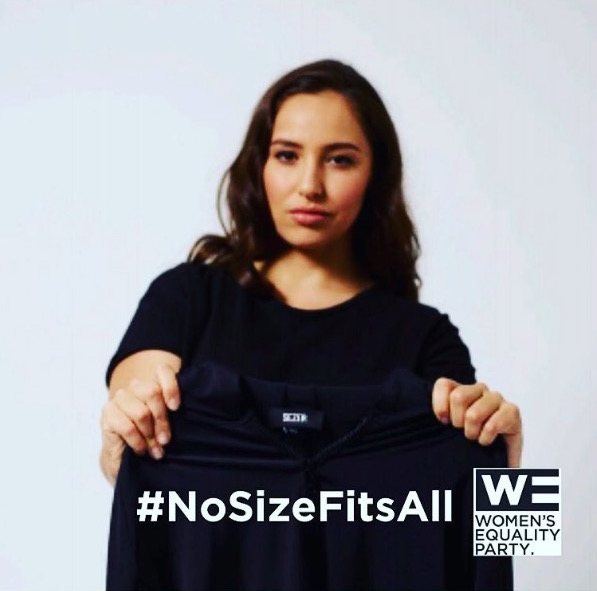
Sezer and Nelson teamed up with the Women's Equality Party in London to start the No Size Fits All project, which seeks to highlight the glaring discrepancy between the fashion world and the world of real, living, and diverse women.
To show this, they started a movement on social media where women showed the size labels on their clothing — the numbers that many women have taught to be ashamed of.
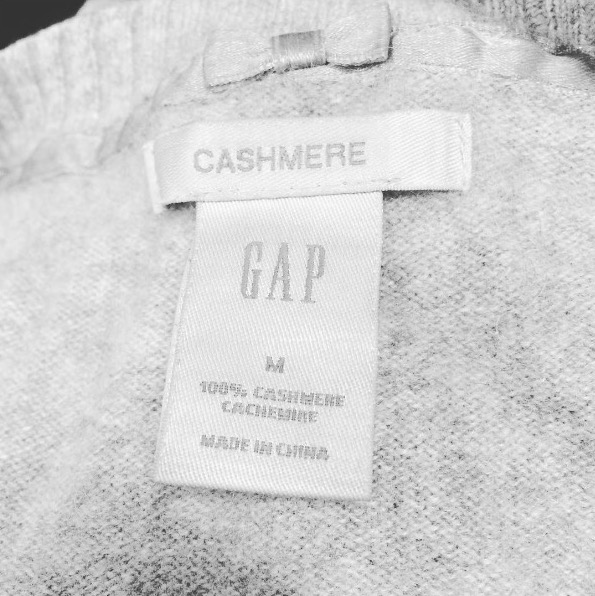
Women started responding, snapping photos of the labels in their clothing.
The sizing (as you probably know) doesn't make a whole lot of sense, with different brands using different scales.
Furthermore, while the fashion industry seems obsessed with sizes under 6, most women are not that size.
The average clothing size for women in the U.K. is 16, which roughly translates to a U.S. size 14. But then, those numbers don't really mean much at all…
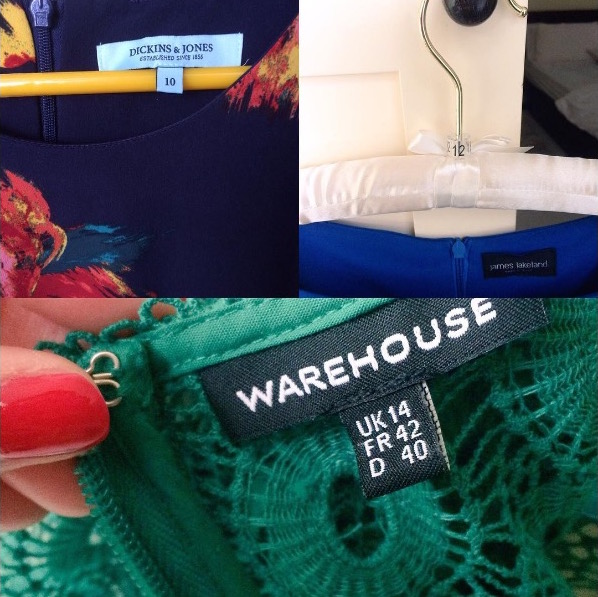
One woman, for example, pulled three items of clothing, all which fit, from her closet and photographed their labels.
And apparently, she's simultaneously a 10, a 12, and a 14. So maybe these numbers are a little…meaningless?
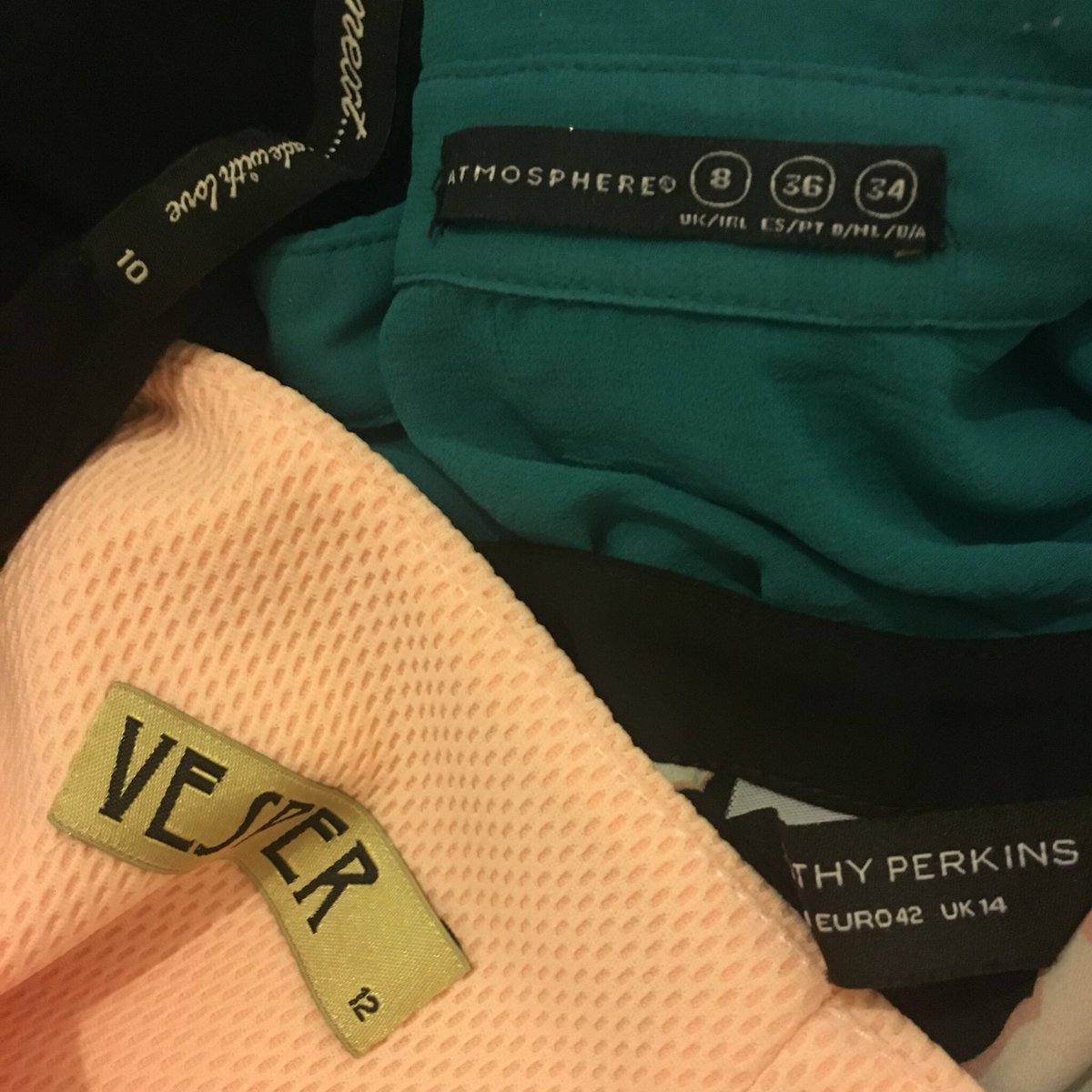
In fact, women's clothing sizes have been found to not really mean much, and can vary as much as an inch larger or smaller depending on the manufacturer.
They also assume a certain body shape, and are further confused by extra labels like "plus" or "petite."
And all this means is that come shopping time, it can be a real nightmare.
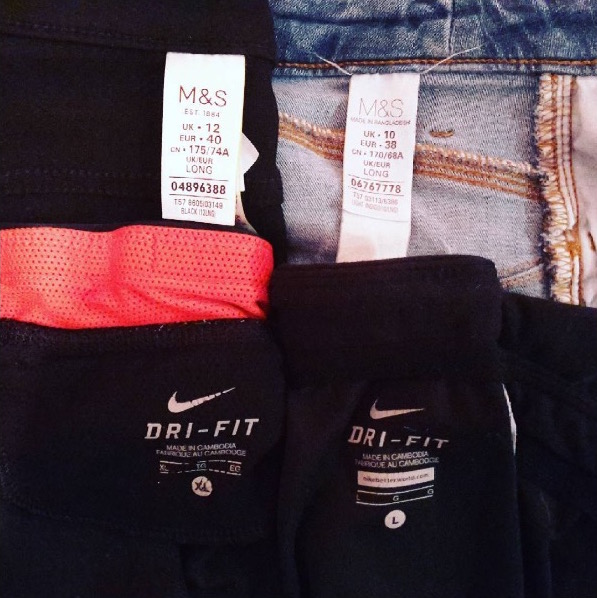
But even though clothing sizing is so fluid and variable, many women still feel shame about their bodies when they can't fit into the number they think they "should" be able to.
The No Size Fits All movement shows that a clothing size really doesn't mean a whole lot, and that it's time we stopped obsessing over them.

Other women shared literature about the ways different brands size their clothing and the history of clothing sizes.
The point of the movement is twofold: to dispel the culture of shame around clothing sizes for women, and to pressure the fashion industry to be more inclusive in their representation.

In fact, including women of different sizes and ethnicities, they argue, will probably help sell more clothes.
U.K. clothing company Simply Be conducted a survey which showed that 80% of people felt that a more inclusive cast of models would encourage more shopping, and that an unrealistic image of female beauty (a super-tall, super-skinny model) in an ad is more likely to inspire distaste than desire for shopping.

The campaign also hit the streets of London for London Fashion Week.
Seven models, seen here, held signs in protest of the fashion expo's exclusion of average- and larger-sized women.
"Fashion is supposed to be about expressing your individuality," said model and disability rights activist Kelly Knox, "so why should all models fit one mold?"
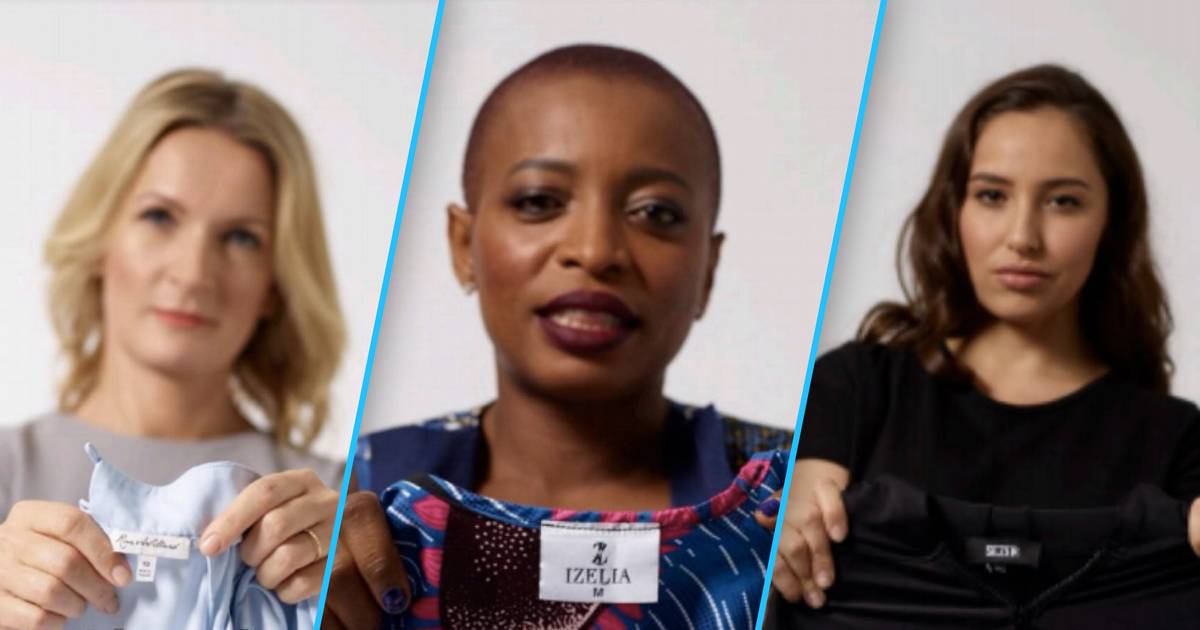
The Women's Equality Party met with the British Fashion Council, and discussions are underway for making the fashion world more inclusive to a more diverse crowd of women.

Do sizing labels make you anxious? What's your experience with them, and what do you think can be done to make women everywhere more comfortable with fashion and shopping? Let us know in the comments!
You can also check out the #NoSizeFitsAll hashtag on places like Twitter and Instagram, and even contribute if you want. Check out what else the Women's Equality Party is doing to help women and girls around the world, too.
And if you know someone who struggles with sizing, SHARE this movement with them and show them that a number can't define who they are!




